Ms. Quach Thi Tuyet, Hamlet 5, Tan Thanh Commune, Ca Mau City has 1.2 hectares of rice fields converted from rice cultivation to rice cultivation for more than 10 years.
According to Ms. Tuyet, her field is deep so the rice yield is low, while the rice that grows naturally is plump and young.
At first, her family only pulled up the reishi plants to eat, but when the reishi plants grew more and more, she pulled them up and sold them.
Seeing the good income from the water chestnut tree, her family uprooted and planted it all over the field. Planting water chestnut does not require keeping the seeds because the tubers remain in the soil during the dry season and will grow strongly when the rain comes.
The investment cost for growing water mimosa is very low but the harvest lasts all season. The water mimosa season starts from the 5th lunar month to the end of the 9th lunar month. Every morning, Mrs. Tuyet and her family members wade out to the water mimosa fields to harvest the plants, returning home around 10am.
Because of the large quantity of reishi, Ms. Tuyet hired some women in the neighborhood to peel the reishi tree trunks, paying them 5,000 VND/kg.
Every day, Ms. Tuyet harvests 7-10 kg of peeled water chestnuts. After peeling, Ms. Tuyet stores them in a styrofoam box with ice. This method helps the water chestnuts to be firmer, whiter, and tastier. The next morning, she sells them to retailers for 40,000 VND/kg, but supply cannot meet demand.
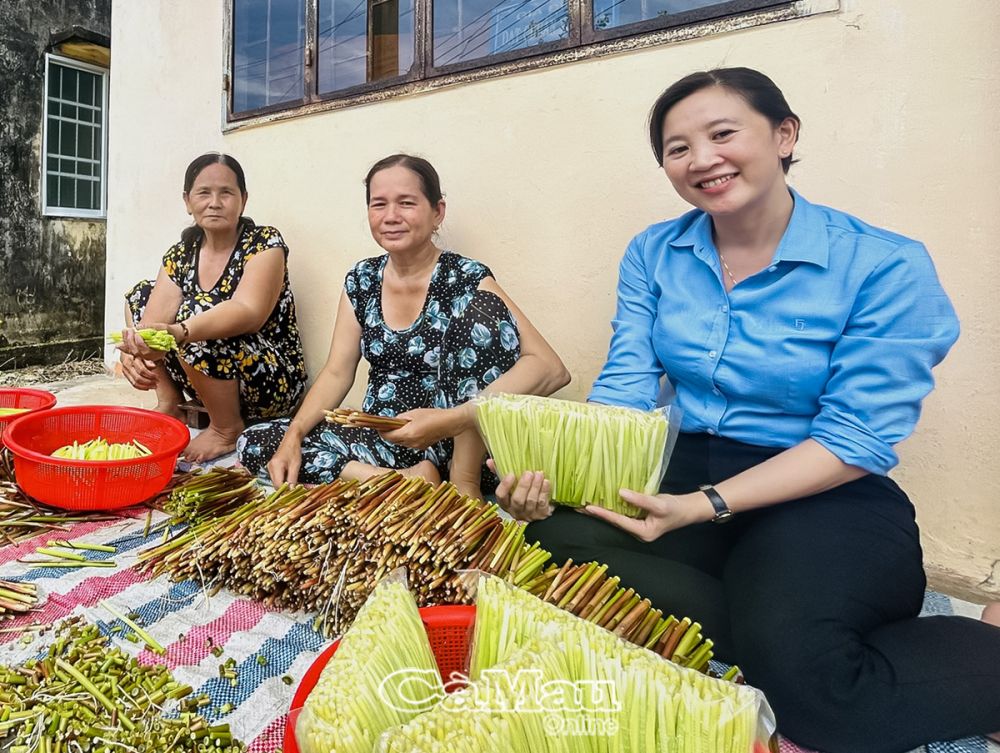
The profession of growing wild grass in the fields and processing it into specialty vegetables and clean vegetables has helped Ms. Quach Thi Tuyet (second from right), Tan Thanh commune, Ca Mau city (Ca Mau province) have a stable source of income.
Mrs. To Thi Ca often took advantage of her free time to go to Mrs. Quach Thi Tuyet's house to earn some extra income and have a chance to chat together.
Ms. Truong Thi Nga, Hamlet 5, Tan Thanh Commune, Ca Mau City (Ca Mau Province) also rented 1 hectare of land to grow water mimosa. Every day, Ms. Nga picks, peels and retails about 4-5 kg of water mimosa at 50,000 VND/kg. For her, this amount of money helps her cover some of her family's living expenses.
Ms. Tran Nhu Thao, President of the Women's Union of Tan Thanh Commune (Ca Mau City, Ca Mau Province) said that currently, the whole Tan Thanh Commune has more than 10 female members whose main income comes from fishing.
Some members have proactively converted ineffective rice cultivation land to grow reeds. Compared to rice cultivation, income from growing reeds is much more profitable.
Each hectare of nam bop will bring in an income of 15-20 million VND/year. For women in suburban communes like Tan Thanh, nam bop is a gift from nature, bringing an ideal, sustainable source of income.
Source: https://danviet.vn/cay-nan-bop-co-dai-moc-hoang-la-liet-ngoai-dong-ca-mau-dan-trong-lam-rau-dac-san-nha-giau-them-2024082717431175.htm



![[Photo] Prime Minister Pham Minh Chinh chaired a meeting of the Steering Committee on the arrangement of public service units under ministries, branches and localities.](https://vphoto.vietnam.vn/thumb/1200x675/vietnam/resource/IMAGE/2025/10/06/1759767137532_dsc-8743-jpg.webp)



![[Photo] Prime Minister Pham Minh Chinh chairs a meeting of the Government Standing Committee to remove obstacles for projects.](https://vphoto.vietnam.vn/thumb/1200x675/vietnam/resource/IMAGE/2025/10/06/1759768638313_dsc-9023-jpg.webp)


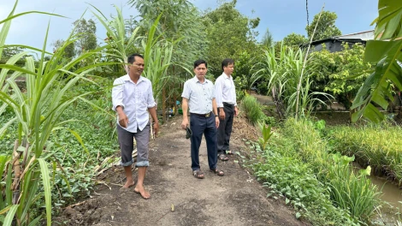





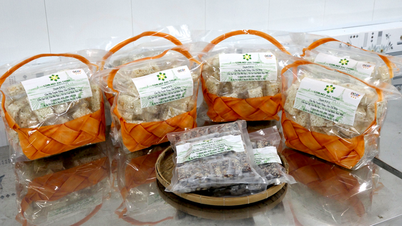

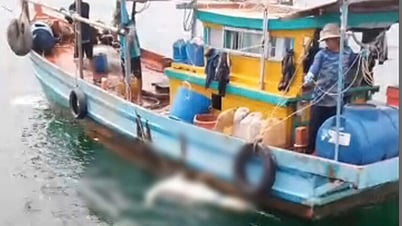

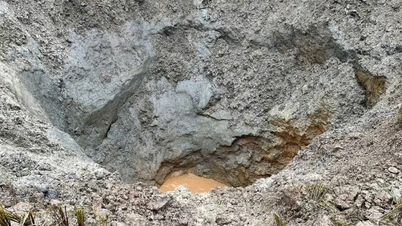

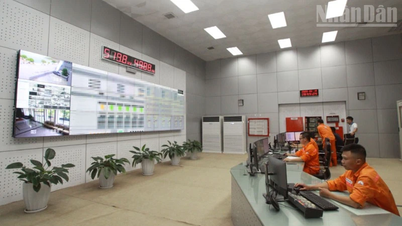
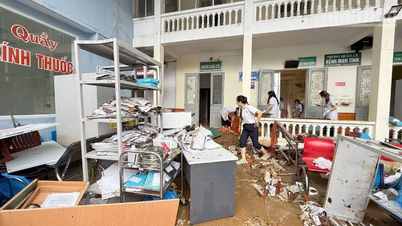
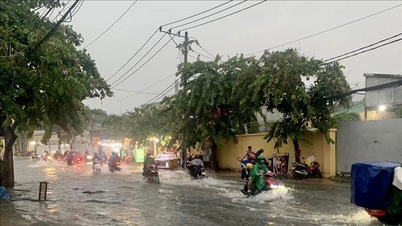
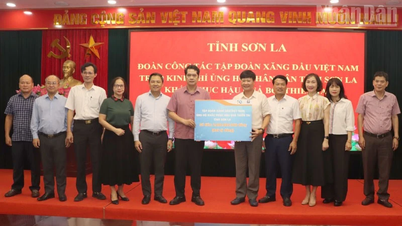
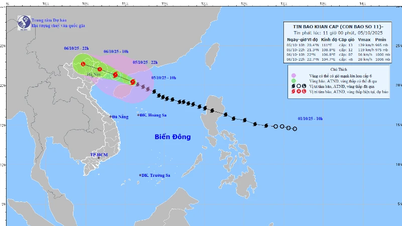





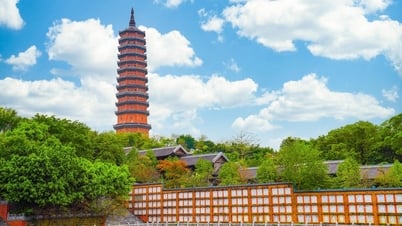

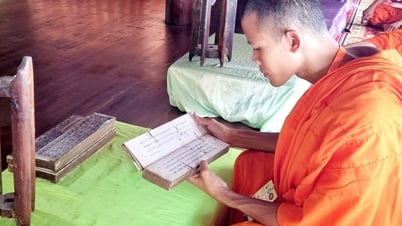

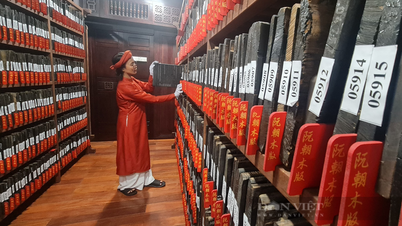

















































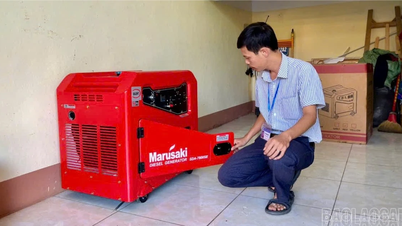


















Comment (0)